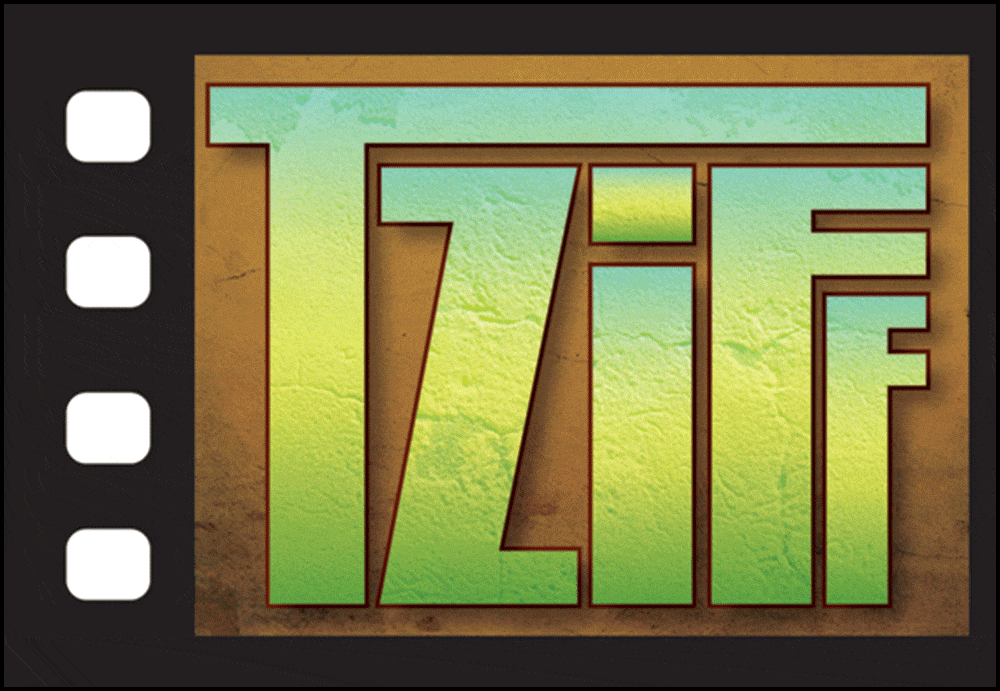Well, if a face is backlit by the sun, it actually doesn't make sense -- to me -- if it is exposed normally. It should FEEL like the face is not lit by the sun, but is shaded. So that means it should be exposed under or below key.
Now whether you want it to only be one-stop under or two-stops or more, just depends on the look, how close you want to get into a silhouette effect. But I think if you shot a test, you'd see that a one-stop underexposure for the backlit face is pretty conservative, it doesn't make the face look dark. Of course, I'm talking about a Caucasian face and an incident meter reading.
If you are using a spot meter, then generally a "normal" (at key) exposure would be one-stop overexposed from 18% grey for a Caucasian face. So in the case of a backlit face, if you wanted the face to be a stop under, you'd just expose for what your spot meter told you, placing the skintones at an 18% reflectance.
But it also depends on how high the backlit sun is in the sky - if the light is rather toppy but backlit, you probably would expose a little more for the sun, less for the shadows, but if the sun was very low and the backlight was more of a halo effect, and the majority of the frame was in the shade, you'd bias your exposure more for the shade and let the halo burn out more.
The best thing is to just front-light a face and expose it normally, and under and overexpose it in one-stop increments. Then you'll see how fleshtones look at different exposure levels.
I want to repeat again that it also depends on the balance of the other areas in the frame, a backlit face may be darker than key, but it is surrounded by hot edges and other overexposed areas, so your eye seeks a sort of balance -- a shot looks less dark if it has a bright highlight in it. This is why when you are doing a dark night scene, it helps to have a small hot spot somewhere in the frame. When the audience sees a full tonal range in the frame, they assume that the exposure is "correct", whereas if everything is only dark shadows or hot highlights, they sometimes feel like the exposure is set incorrectly.








